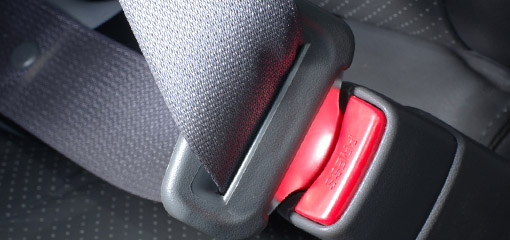
A seatbelt is your first defence against injury and even death during a motor vehicle accident. So if your seatbelt isn’t protecting you, then what is?
Maintaining seat belts in a good serviceable condition is essential for passenger service vehicles operators. As they are in constant use, they must be properly maintained by adjustment, repair or replacement.
You can find a summary of the fitment requirements in section 03 of the Passenger Service Vehicle inspection manual on GOV.UK.
The belts must be maintained in good efficient condition. Operators must make sure the structure around the seat belt anchorage is structurally sound. The standard at annual test is to check the structure is sound within 300mm of any anchorage. We test to the minimum standard, but operators must maintain their vehicles to a higher standard to allow for further wear, tear and serviceability.
Other defects which may affect the operation/function or strength of seat belt assembly would be:
- incorrect type of belts installed
- insecurity of the assembly
- seat belt guides, stalks or pivots with structural weakness which could cause early failure
- cuts, fluffing or fraying of a webbing strap that reduce strength or causes failure of a retracting mechanism
- release mechanisms which do not release as intended
- inoperative adjustment fittings and retracting mechanisms
- incorrect installation of any part of the assembly
Any such defects must be checked as part of a vehicles regular maintenance regime and rectified immediately.
Leave a comment